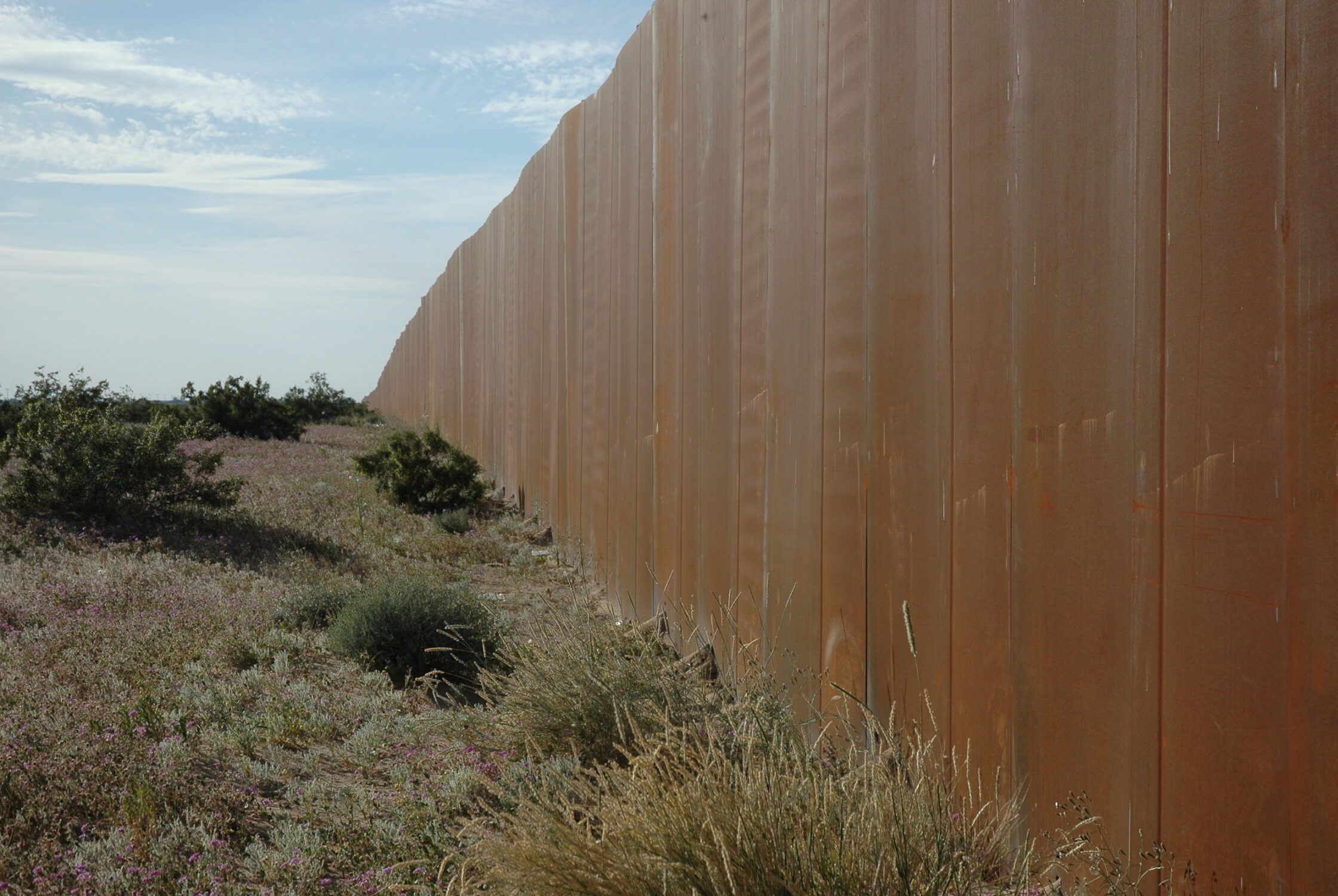RI Concerned Over U.S. CBP’s Treatment of Asylum Seekers at the U.S.-Mexico Border

Refugees International
Statement for the Record
Senate Judiciary Committee Hearing
“Oversight of Customs and Border Protection’s Response to the Smuggling of Persons at the Southern Border”
Thank for you for the opportunity to submit this written statement for this important hearing today.
Refugees International (RI) is a non-governmental organization that advocates for lifesaving assistance and protection for displaced people and promotes solutions to displacement crises. We conduct fact-finding missions to research and report on the circumstances of displaced populations in countries such as Bangladesh, El Salvador, Mexico, Syria, and Somalia, among many others. RI does not accept government or United Nations funding, ensuring the independence and credibility of our work.
RI has raised serious concerns about the way in which asylum in the United States has been closed off for Central American families, most recently from a 2018 mission and resulting report, Closing Off Asylum at the U.S.-Mexico Border.
Refugees International has specific concerns about Customs and Border Protection (CBP’s) handling of asylum seekers.
A major concern is that CBP has been processing too few asylum seekers at ports of entry, which strands vulnerable Central American families on the Mexican side of the border and leads them to attempt to cross in more remote locations between ports—an impact that the Department of Homeland Security (DHS) Office of the Inspector General (OIG) has confirmed CBP acknowledges. Although CBP claims that it is capacity at ports of entry that limits its processing, CBP’s own statistics indicate that this is misleading. In Fiscal Year 2018, the number of people without legal status attempting to enter the United States from Mexico, including asylum seekers, has stayed at roughly the same level as over the previous five years. During those five years, U.S. authorities regularly processed asylum seekers without the delays that CBP has imposed in 2018. The September 2018 DHS OIG Report notes that while CBP justifies the official “metering” policy by citing a lack of capacity to process asylum seekers, “the OIG team did not observe severe overcrowding at the ports of entry it visited.”
Furthermore, the DHS’s Migrant Protection Protocols (MPP) policy, so far implemented only at San Ysidro but slated for imminent implementation at other ports, has forced Central American asylum seekers to remain in an already overburdened Tijuana while their asylum claims are adjudicated and has pushed increasing numbers to enter illegally. Given that DHS is currently building a large processing center for asylum-seeking families at El Paso and that Congress has allocated $191 million for new infrastructure at Calexico in FY 2019, the expected extension of the MPP policy to these ports seems both unnecessary and inhumane. Under the MPP policy guidelines, asylum seekers are given inadequate assessments by DHS about whether they face danger if returned to Mexico. Those asylum seekers required to wait in Mexico have limited access to shelter, medical care, and counsel and are vulnerable to harm (including kidnapping, extortion, and assault) at the hands of gangs, traffickers, and officials.
As CBP agents are the first point of contact for asylum seekers entering the United States, it is crucial that agents do not misinform, threaten, discourage, or in any way prevent migrants from accessing the asylum process. Unfortunately, there is credible information indicating that this has occurred.
While proposing over $58 billion in federal funding for DHS agencies in July 2018, the House Appropriations Committee called on DHS to “ensure that the United States is meeting its legal obligations, to include reminding field officers and agents about CBP’s legal responsibilities to ensure that asylum-seekers can enter at POEs [ports-of-entry].”
In addition, CBP should not use poor conditions of detention (especially the use of cold and crowded holding cells or inadequate bedding and food) to encourage asylum seekers to abandon their claims. Again, there is credible information indicating this has occurred. Congress has recognized the importance of this issue by allocating $192,700,000 in FY 2019 to better ensure the health and safety of migrants who are temporarily in CBP custody.
Many asylum-seeking families turned away at ports of entry are camping out in the streets near the ports of entry and trying to put their names on waitlists maintained on the Mexican side of the border—waitlists that unaccompanied minors have been unable to access. Other turned-away asylum seekers have desperately attempted to swim across the Río Grande river or paid smugglers to transport them across the border. Recently, increasing numbers of asylum seekers have turned themselves in or been caught by the Border Patrol agents in dangerous and remote locations where CBP has not effectively addressed medical emergencies, leading to the deaths of two children in CBP custody. Since late September 2018, 100 to 300 Central America parents and children have been entering the United States multiple times each week at Antelope Wells, the same remote place where young Jakelin Caal Maquin crossed the border (and later died in custody). It is crucial that CBP establish permanent standards and protocols to ensure the health and safety of these migrants.
As the Texas Civil Rights Project recently reported, parents and children are still being separated at the border. CBP agents are not trained social workers but are nonetheless tasked with making decisions about when children should be separated from family members. Refugees International has concerns with how these decisions are made, especially as CBP agents sometimes cannot verify parentage or simply have some arbitrary “suspicion” of criminal history on the part of the asylum seeker. Parents who have been separated from their children should not be subject to removal before the Office of Refugee Resettlement makes a finding of fitness and best interest of the child. Whenever possible, separated family units should be reunited and transferred together prior to removal, release from CBP custody, or transfer to Immigration and Customs Enforcement custody.